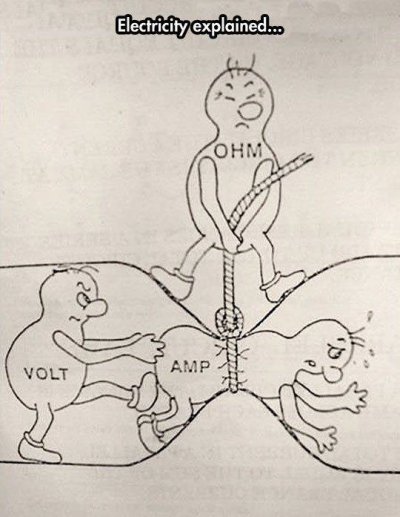I know in AC systems, If your not current limited in your power source, (relatively speaking to the load demands), the voltage going down means current will go up to keep the watts used about the same.
How is the AC device able to control the watts? That makes absolutely no sense unless it's an electronic device with a switching power supply which might be able to control the duty cycle to draw more amps. For a simple AC device, lights, motors, etc. that is just not possible.
To add to my previous post, if the boat is wired with plain copper wires, not tinned wires, chances are the resistance is in the corroded crimped on lugs. had the same issue on our boat, solved it by cutting off the old lugs, stripped the wire back to get to some clean copper and crimped on new lugs.


